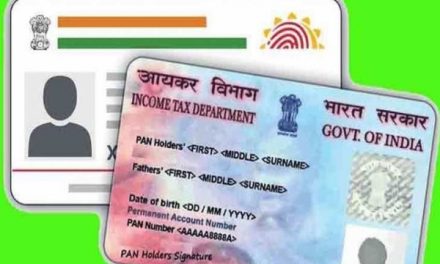RBI guidelines: Banks cannot disown liability for loss of locker contents due to theft or due to fraud by its employees, says the RBI in a notification issued today. However, bank’s liability for such loss has been put at 100 times the prevailing annual rent for the locker which is likely to be a very small amount in comparison to the value of the contents of most people’s lockers.
The RBI said the new guidelines have been framed taking into consideration the various developments in the area of banking and technology, nature of consumer grievances and also the feedback received from banks and Indian Banks’ Association.
The new guidelines will come into force from January 1, 2022, and will be applicable to both new and existing safe deposit lockers and the safe custody of articles facility with the banks.
List of lockers to be given: The Reserve Bank said that banks will have to make a list of vacant lockers branch-wise. Also, they will have to enter their waiting list information in Core Banking System (CBS) or any other computerized system compliant with cybersecurity framework for the purpose of allotment of lockers. Banks will have to ensure transparency in the allotment of lockers.
A waitlist number will be issued: It has been said in the instructions that banks will have to give acknowledgment or receipt for all applications of locker allotment. If the locker is not available, the banks will have to give the waitlist number to the consumers. Explain that the revised guidelines regarding lockers will come into effect from January 1, 2022.
“As banks cannot claim that they bear no liability towards their customers for loss of contents of the locker, in instances where loss of contents of locker are due incidents (like fire, theft/ burglary/ robbery, dacoity,) or attributable to fraud committed by its employee(s), the banks’ liability shall be for an amount equivalent to one hundred times the prevailing annual rent of the safe deposit locker,” it said.












